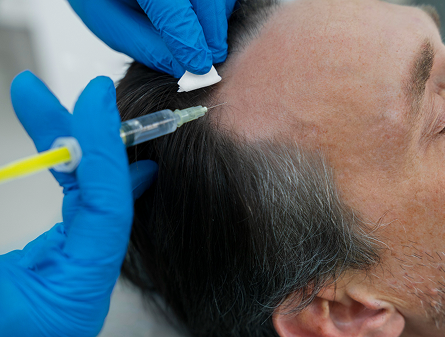Minoxidil is a hair loss treatment that works by increasing the blood circulation to the scalp which helps make hair follicles bigger. It can result in thicker and healthier hair growth by increasing hair density and decreasing hair loss. Hair loss shampoo can potentially help to regrow your hair.
The effectiveness of the shampoo for hair regrowth will likely depend on the ingredients used and how helpful they are in addressing your form of hair loss. Minoxidil is usually applied as a topical solution but can be taken orally as well.
Hair loss shampoo is applied topically and is usually formulated with natural ingredients that can address different hair loss problems, such as inflammation of the scalp or dihydrotestosterone (DHT). Explore the comparison table below to see if minoxidil or hair loss shampoo is the best treatment for you.
- Minoxidil is a topical drug that directly acts on follicles and extends the cycle of hair growth.
- Unlike hair loss shampoo, it is considered a treatment and has exhibited regrowth results with ongoing use.
- Hair loss shampoos are cosmetic products that may enhance scalp health or reduce hair loss.
- They are less potent than minoxidil and do not stimulate regrowth directly.
- Depending on the brand and formulation, minoxidil typically costs $20–$50 per month.
- More expensive over time than hair loss shampoo, especially with continuous use.
- Hair loss shampoos range from $10–$30 per bottle, depending on the brand.
- Unlike minoxidil, they are more affordable in the short term but often less effective on their own.
- Minoxidil requires daily application and must be used indefinitely to maintain results.
- Hair shedding resumes within weeks if therapy is stopped.
- Shampoo for hair loss is used like a regular shampoo and may be integrated into everyday hair washing routines.
- Unlike minoxidil, occasional missed use is unlikely to cause immediate regression.
- Minoxidil is directly applied to the scalp and absorbed within the skin to increase blood flow and follicle function.
- It requires pure, dry skin for the best absorption results.
- Shampoos for hair loss are applied during washing, usually left on for a few minutes before rinsing.
- Unlike minoxidil, they work superficially and are washed off upon application.
- Dryness, redness, or flaking may be caused by minoxidil, particularly in sensitive skin.
- Side effects are uncommon but more likely than with shampoo.
- Shampoos for baldness are normally quite tolerable with fewer side effects.
- Less dangerous than minoxidil for people with scalp allergies or sensitivities.
- Minoxidil must be applied daily and left on the scalp, affecting styling and routine.
- Requires a dedicated routine, unlike regular shampoo use.
- Hair loss shampoo is used during showering like standard shampoos.
- Unlike minoxidil, it requires no additional steps outside regular hygiene.
- Minoxidil is widely available in Australian pharmacies and online, without a prescription.
- Easily obtained but more clinical in purpose than shampoo.
- Hair loss shampoos are available in supermarkets, pharmacies, and online.
- More widely used and accessible as part of daily grooming.
- Minoxidil delivers results that decline rapidly when discontinued.
- Requires strict long-term adherence to maintain growth.
- Hair loss shampoo provides support but doesn’t stop genetic hair loss.
- Unlike minoxidil, results are often subtle and based on cosmetic improvement.
- Minoxidil pairs well with oral DHT blockers, microneedling, and laser therapy.
- Works best on a clean scalp, making it compatible with shampoo use.
- Hair loss shampoos can be used alongside minoxidil to support scalp health and cleanliness.
- Unlike minoxidil, they are often used to prepare the scalp for active treatments.
- Minoxidil appeals to users looking for a proven, results-driven treatment.
- It can feel more like a commitment due to its application routine.
- Hair loss shampoos appeal to those seeking a gentle, everyday solution.
- Unlike minoxidil, they feel low-effort and routine-friendly.
- Minoxidil improves blood circulation and follicle activity but doesn’t nourish hair structure.
- Offers targeted regrowth benefits without broader nutritional support.
- Hair loss shampoos may reduce inflammation or clean DHT from the scalp.
- Unlike minoxidil, they promote scalp cleanliness and hair manageability.
- Minoxidil involves recurring plastic packaging from monthly bottles and applicators.
- Less sustainable than one-off product packaging.
- Hair loss shampoos also create waste, but many come in recyclable bottles.
- More eco-friendly than minoxidil when used alone or less frequently.
Shop our hair solutions
We are committed to providing affordable hair regeneration services for people all over Australia. Our formula can help you regain your confidence.
Shop Now

Minoxidil vs Shampoo Hair Regrowth Effectiveness Comparison Summary
Multiple studies have proven that minoxidil is a highly effective treatment for hair loss. Hair loss shampoo effectiveness can depend on the quality of ingredients used alongside a range of factors that already influence hair growth.
Minoxidil can be expensive if purchased name-brand and over-the-counter but a prescription from your doctor can help lower this cost. Hair loss shampoos are typically cheaper and require less use than minoxidil when applied topically as it needs to be used twice a day for best results.
Minoxidil results can be observed as early as eight weeks after beginning treatment. Users should start to see a decrease in hair loss and the beginning of growth, but some initial shedding may occur before hair has a chance to regrow.
Hair loss shampoo can take longer to see results and can depend on the active ingredients used as well as how consistently you use them. Some of the benefits of using a hair loss shampoo with thickening properties may only be temporary and can disappear when it’s washed out.
User Guidance
Minoxidil can have the potential for side effects including itching, tingling and a rash at the application site. Oral minoxidil can also cause some potential side effects including headaches and fluid retention. Hair loss shampoos can cause issues relating to your hormones as some contain chemicals that affect the endocrine system.
These can activate estrogen receptors and inhibit testosterone receptors, causing breast growth. Minoxidil is easy to use but requires very consistent application to see the best results as when it is discontinued, any hair growth seen will be reversed.
Hair loss shampoos can more easily be incorporated into your routine but care should be taken not to overuse them as they can remove beneficial natural oils from your scalp that are required for healthy hair growth.
Take Our Hair Loss Quiz to See Which Treatment Suits You?
Take A Hair Quiz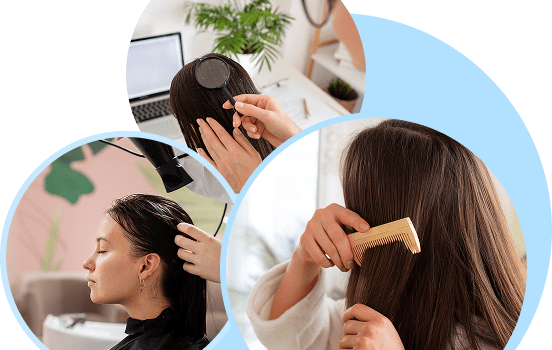

Frequently Asked Questions
We have put some commonly asked questions.
Nunc scelerisque tincidunt elit. Vestibulum non mi ipsum. Cras pretium suscipit tellus sit amet aliquet. Vestibulum maximus lacinia massa nontor.
Platelet-rich plasma (PRP) treatment involves drawing blood from the patient, isolating the beneficial nutrients and injecting it into the scalp where hair loss is occurring. This promotes hair growth and has many other applications from encouraging healing to skin rejuvenation.
Platelet-rich plasma (PRP) treatment involves drawing blood from the patient, isolating the beneficial nutrients and injecting it into the scalp where hair loss is occurring. This promotes hair growth and has many other applications from encouraging healing to skin rejuvenation.
Platelet-rich plasma (PRP) treatment involves drawing blood from the patient, isolating the beneficial nutrients and injecting it into the scalp where hair loss is occurring. This promotes hair growth and has many other applications from encouraging healing to skin rejuvenation.
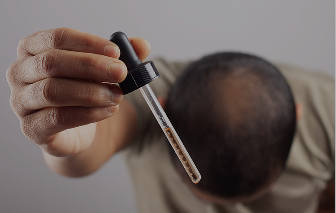
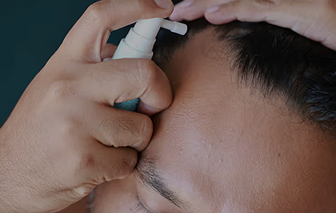



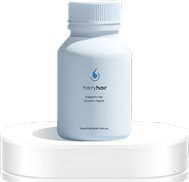
 See All
See All